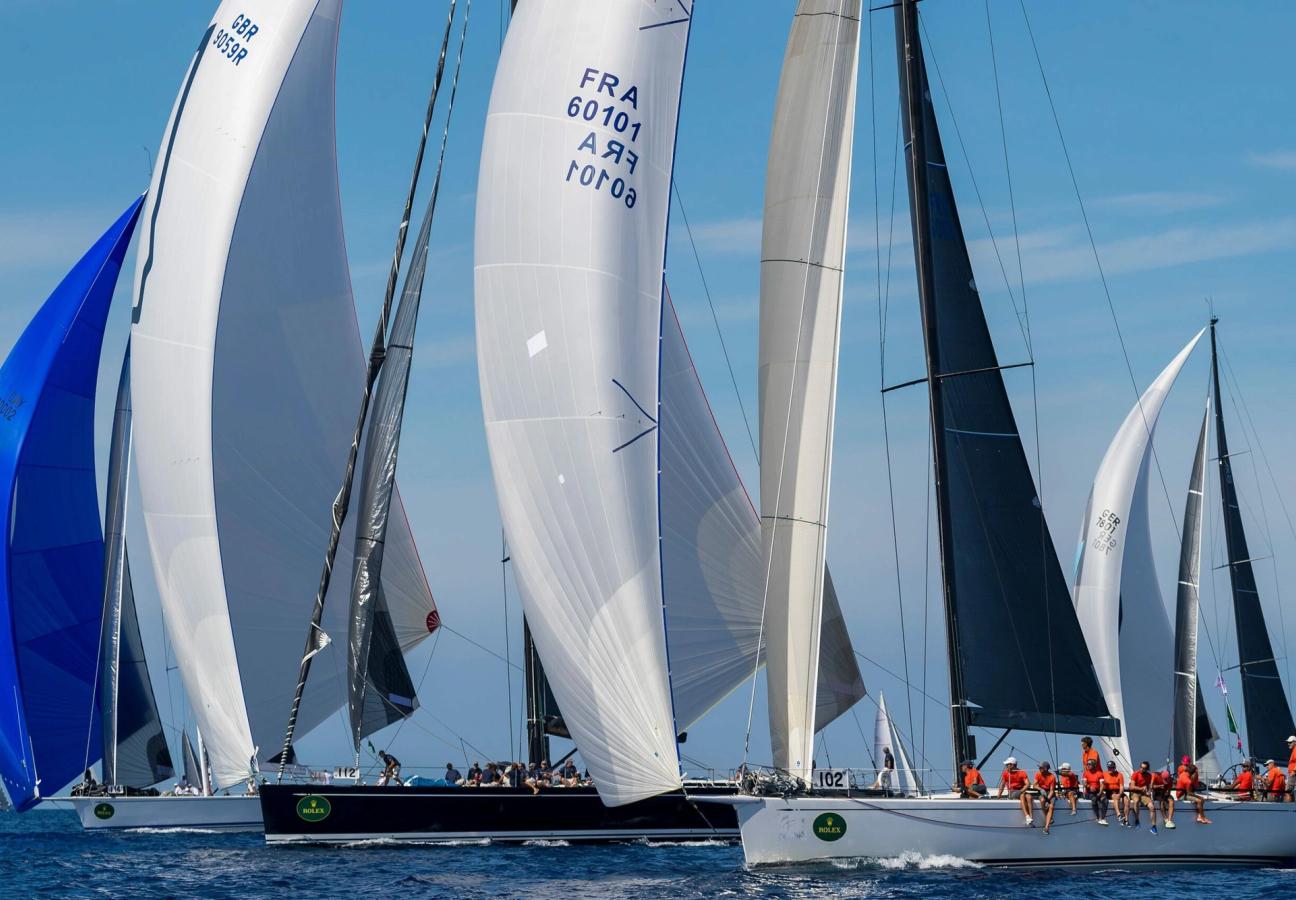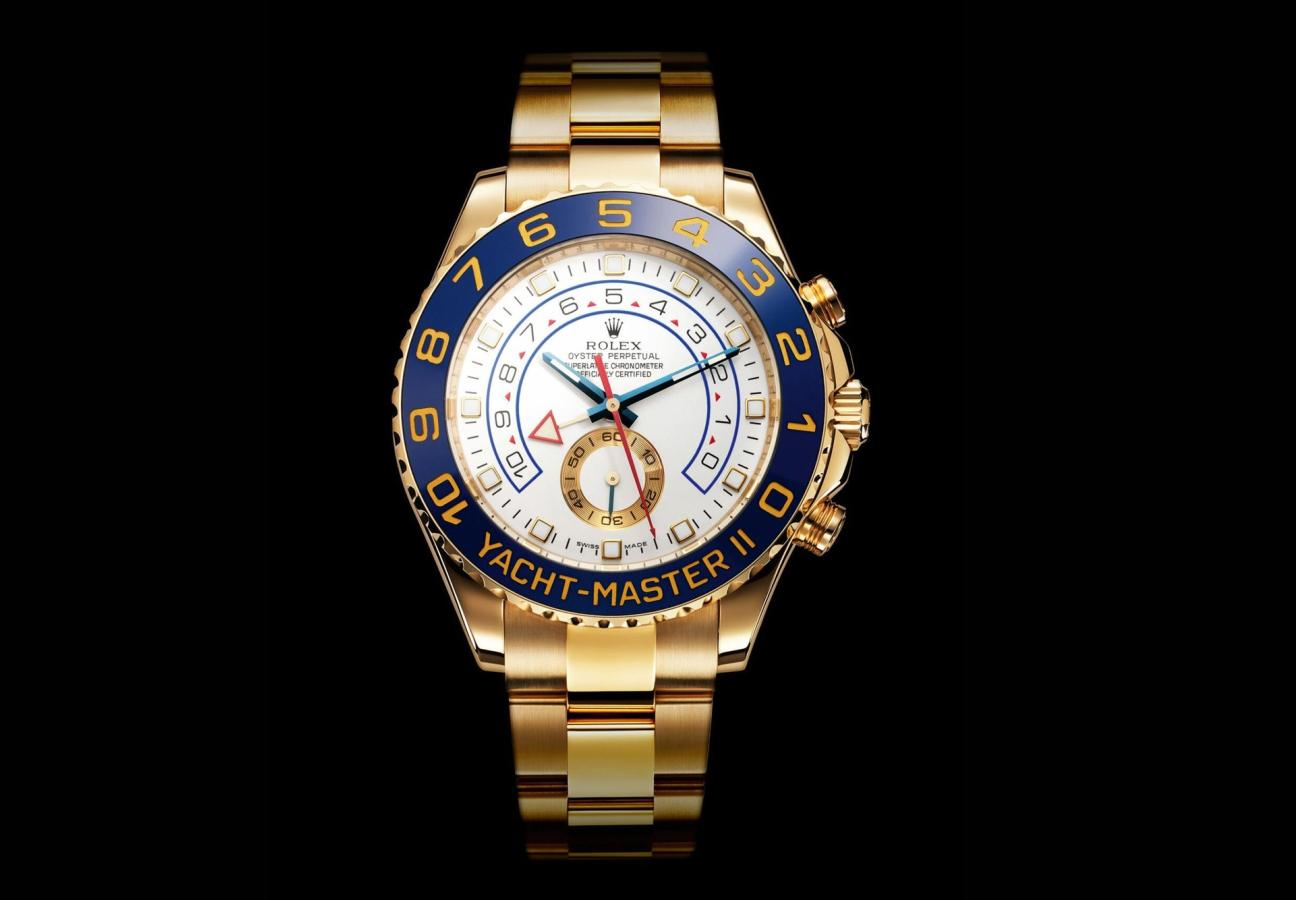

Words: Zoe Dickens
It’s fair to say that introducing a new timepiece isn’t exactly something Rolex does on the regular. When the Yacht-Master made its debut in 1992 it had been an astonishing 25 years since the watchmaker had offered a new design (1967’s Sea-Dweller). It would take another 20 years before the next in line, the Sky-Dweller, made its way to market. So, while some houses seem to offer a new range every time Baselworld rolls around, Rolex does not take such matters lightly.
It is perhaps unsurprising, then, that the 1990s was a time of big change for Rolex. Patrick Heiniger had just succeeded his father as the head of the brand and embarked on a plan to radically change the company’s structure, creating new facilities that would ensure Rolex’s position as a leader in the field for decades to come. The Yacht-Master, which cherry-picked the best of the Daytonas and Submariners that came before it, is a fitting embodiment of this vision.

The Yacht-Master solidified Rolex’s yachting connections dating back to the 1950s
Introduced as part of the Oyster Perpetual range, the first reference boasted a Daytona-influenced aesthetic – 18k gold case, no numerals, large indices – powered by the same 3135 movement as the Submariner. It also offered equally sporty functions including a triple-bolt crown and 100 metre water-resistance. A slightly larger, more luxurious version of the nautical watches Rolex had offered to date, this was the timepiece superyacht owners had been waiting for. It was an instant hit. In fact, its popularity was such that Rolex took the unprecedented decision to offer 29mm and 35mm sizes, as well as the original 40mm, and to this day it remains the only Oyster Professional available in three sizes (37mm, 40mm and 42mm).
In the years since, the Rolex Yacht-Master has sailed along nicely, picking up admirers and collectors on the way. In 1999 the Platinum Yacht Master replaced the gold case with a new platinum and steel mix which went on to become Rolex’s signature Rolesium. Somewhat controversially, a variety of new dials were added, with a 2012 cobalt sunray dial gaining criticism from purists for its ‘abuse’ of the Yacht-Master’s otherwise minimalist colour palette. Today, however, the Yacht-Master is available in a huge number of variations. Rubber straps, rose gold cases, ceramic bezels, diamond embellishments and dials in deep black, bronze and slate grey can all be yours.
The Yacht-Master’s movement has, of course, been upgraded numerous times, most recently to in-house 2236 and 3235 self-winding calibres. One thing, however, has remained constant – in the 27 years that the Yacht-Master has been in production its design has barely been tweaked. The wide hands, oversized indices, date window and bold bezel of the original are all still in evidence. Clean, simple and elegant, the Yacht-Master leaves cluttering chronograph subdials, power indicators and other such complications to its younger sibling: the Yacht-Master II.

The Rolex Yacht-Master II was introduced in 2007
Accordingly the watch has built up an army of loyal fans – many of whom received their first Yacht-Master from their father, uncle or an (extremely) generous boss. Celebrity fans are said to include Brad Pitt (platinum and steel), Sylvester Stallone (rose gold and rubber) and Bruce Willis (yellow gold). And if you do happen to have a Nineties original hanging around in your hand-me-down collection? Auction estimates are around £10,000 for a basic model and the only way is up for this highly covetable watchmaking classic.
Hungry for more watchmaking history? Check out the story of the Vacheron Constantin Overseas…


